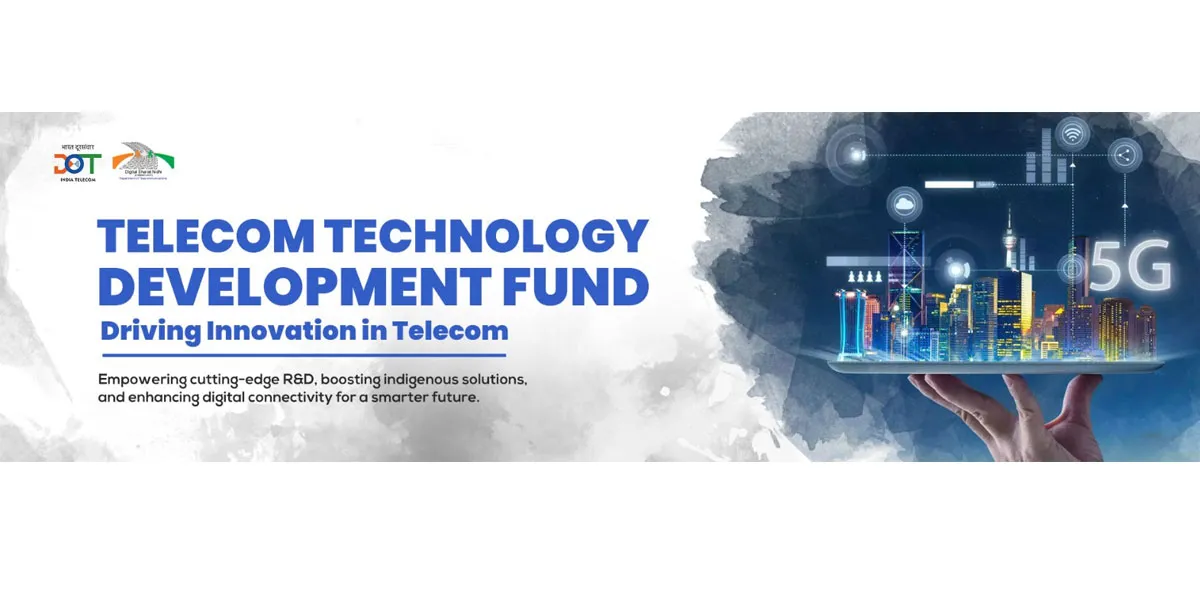The amount of disruption that construction faced in 2020 was staggering. Amid the lockdowns, delays and restrictions caused by Covid-19, construction stakeholders demonstrated their resilience by adapting to the challenges and changing standards. When considering these obstacles, it is impressive what construction workers accomplished and the speed at which adjustments were made in the face of struggle. In 2021, many will build on lessons learned, potentially in these 10 ways.
1. Expanding digital twin adoption
Digital twins inform the pre construction and design process to prevent costly rework and mistakes. While extremely useful, the technology was underutilised over the past decade. In 2016, the technology had little market share, holding a small 20%. In 2018 this percentage grew to 57%.
In spite of construction starts falling, digital twin adoption continued this trend of growth as remote capabilities were no longer a “nice to have” but an essential component to preconstruction strategies. Data from Juniper Research projects that the overall market will grow by 17% in 2021. Many unfamiliar with digital twins will continue to realise its value, and as Covid-19 continues to loom over the industry, digital twin adoption will likely increase.
2. Digital construction grows
Covid-19 forced an industry-wide digital transformation. Like the digital twin market growth, digital construction practices including CAD, BIM and VDC received an increase in interest due to the global pandemic. In a recent forecast from ResearchAndMarkets.com, this will grow the industry’s value to 8.8 billion by 2025.
Further analysis from McKinsey suggests that the growth of digital construction could pull the industry out of its four-year economic slump plagued by rising costs and labour scarcity. JLL found similar potential in BIM and CAD, arguing that the pandemic caused a boost in usage, could cement the technology as a foundational component to the industry, and spark economic growth.
In addition to the remote benefits, BIM offers contractors with a way to coordinate the entire construction lifecycle. Clashes are detected and eliminated before occurring in the field, removing the obstacle of project delays and unforeseen costs. The pandemic caused digital transformation sparked growth in this sector that will likely continue in 2021 and beyond.
3. Construction investigates AR and VR more seriously
The pandemic’s constraints and the necessity of remote capabilities have also driven interest in AR and VR technology. Using interactive experiences, construction professionals can examine trade designs and coordinate changes without visiting the site.
While there is a lot of potential, widespread adoption will likely take time. A survey by GlobalData found stakeholders are concerned by the technology’s cost, equipment and connectivity. As sites evolve to become connected IoT ecosystems, and the free market drives headset pricing down, construction will likely consider the technology more seriously in 2021, but large scale use will take more time.
4. Increased use of data and analytics software on site
While construction operations have improved dramatically in the past decade, capturing accurate data and analysing it is still a struggle for many. FMI research shows that this information gap is responsible for costing the industry $177.5 billion annually.
As remote operations increase across the industry, preconstruction and construction execution software usage will also grow. In a November TechCrunch article, Bain Capital Investor Allison Xu spoke to this coming disruption, “With so many different parties both in the field and in the office, it is often difficult to relay information from one party to the next.” She went on to point out that poor data accounts for 48% of rework on construction sites. Project leads can no longer rely on their physical location to track progress and will need data to analyse the build no matter where they are.
5. Stakeholders experiment with robotics to alleviate labour shortage pressures
The skilled trades gap was a topic of conversation before Covid-19 and will likely continue to be one. The often discussed Great Recession lost the industry 1.5 million jobs. In a 2019 interview, Rob Dietz, the Chief Economist at the National Association of Home Builders, said recovery has been sluggish at best. “The skilled labour shortage has gotten progressively more challenging as this lengthy growth cycle has continued.” As the Covid-19 crisis has caused dramatic layoffs in more than one geographic area, the global pandemic has perpetuated the gap’s growth cycle.
With the cycle’s continued pressure, the industry will need to adjust and recover but is dealing with more complexities than before. Construction companies trying to bring employees back to work are now also dealing with decreasing construction starts, forced shutdowns, and virus concerns. Robotics will likely begin assisting construction workers by augmenting small and repeatable tasks to alleviate some pressure.
Contrary to common fears, where robotics is applied, they have multiplied human ability and allowed for increased productivity. A McKinsey analysis supports this and shows that higher productivity and autonomy would add another $1.6 trillion to construction’s global value. Kevin Albert, the founder of the construction robotics company Canvas, believes the pandemic could be a wake-up call for the industry. “Covid-19 is making people step back and say, ‘hey, the way we’ve been doing things for a long time is just not sustainable,” he said in an interview with CNBC.
6. Supply chain disruption sparks blockchain innovation
Along with labour shortages, the Covid-19 crisis caused materials shortages, disrupting historically trustworthy supply chains. According to the US Construction Chamber of Commerce, 71% of contractors are currently experiencing one type of materials shortage.
In May, Joseph Piro, vice president of supply chain management at Gilbane Building Company, pointed this out. “We never really worried too much about tile coming from Italy or lighting coming from China or Mexico, or glass coming from South America, whatever it might be,” he said. “Those lead times for the most part were fairly consistent. But now, this happens and we have some plants that are shutting down.”
Moving forward, contractors will likely diversify their supply chains and prioritise trust and customer experience. An examination from Deloitte projects this could lead to stakeholders utilising blockchain technology for the chain management. This would make recording the material’s price, location, quality and other important information transparent, traceable, and easier to manage.
7. Recycled resources gain more interest
The materials shortages could also further push construction towards choosing more readily accessible recyclable resources. Data collected by the World Resources Institute shows 40% of waste is generated by construction and building. Instead of sending these materials to landfills, construction could reclaim and reuse them. Recently, Los Angeles has committed to paving roads with recycled plastic waste created by TechniSoil. As supply chain disruption continues, and our world continues to look for ways to lessen the effects and contributing factors of global warming, more contractors might commit to using accessible recycled materials.
8. Modular construction makes moves?
At the beginning of 2020, two Coronavirus hospitals were built in less than two weeks with modular construction techniques. This impressive feat brought modular construction to the forefront of the industry and caused many previously dismissive of the strategy to seriously consider it. Later in the year, fast-food chain Chick-fil-A constructed its first modular restaurant in Roswell, Georgia. The speed and efficiency capable with modular construction practices cannot be dismissed and will likely be tested on more large-scale construction projects in 2021.
9. Adaptive reuse grows
When America’s stay-at-home orders went into place, about half of the US workforce began working remotely. This caused many to question whether office buildings would be a part of work life in the future. U.S. Housing and Urban Development Secretary Ben Carson encouraged cities to begin considering vacant office spaces for affordable housing in an interview with Fox Business. “Virtually all of the major cities have significant spaces that can be used, and we’re encouraging [city officials] in their planning now . . . to begin to take this into consideration.” As working from home continues, 2021 could include a wave of large-scale adaptive reuse.
10. Developers look to mixed use and outdoor spaces
The shutdowns caused by the pandemic will leave their mark on how developers design new construction in the coming years. Becky Zimmermann, president of Raleigh-based Design Workshop, projected that incorporating functional outdoor space and allowing for more than one building purpose will be a critical component to projects moving forward. “For our mixed-use projects we are designing outdoor space with maximum flexibility that will enable users to adapt for outdoor dining, outdoor workouts and outdoor retail.”
While it is possible to analyse and project, 2020 showed that it is impossible to predict with certainty what will happen in the future. In the current climate of volatility however, one thing is certain, innovation is inevitable. Construction will continue to demonstrate its resilience through disruption
Author: John Brown, Head of 3D scanning division of CAD and Coordination, DJM
Reprinted from Construction Executive (15 January 2021), a publication of Associated Builders and Contractors, copyright 2021. All rights reserved.
Editor’s note: Figures, conditions and agencies are US-based.




















